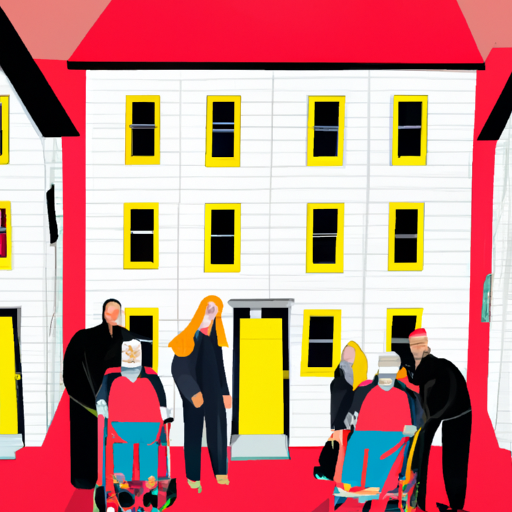The Impact Of Zoning Restrictions On Ontario’s Safe Injection Sites
Recently, the potential effects of new zoning restrictions proposed by the Ford administration in Ontario have gained considerable attention in Canada. According to The Star, these restrictions could result in the closure of most safe injection sites (SIS) in Ontario, an act that would exacerbate the already growing opioid crisis in the province.
The Opioid Crisis
The opioid crisis in Canada is a multidimensional issue that impacts a multitude of people across various socioeconomic classes, geographically prominent in rural communities, urban centres, and homeless populations. The opioid crisis has led to an increased prevalence of drug-related crime, overdose deaths, and a strain on the healthcare system. The complex nature of the crisis necessitates comprehensive approaches for its mitigation.
Safe Injection Sites: A Response to The Opioid Crisis
In response to the rising opioid crisis, safe injection sites have become a significant strategy against opioid-related deaths in Ontario. Safe injection sites are government-approved entities that provide a clean and secure place for the use of illicit drugs under professional supervision. Medical interventions, such as Naloxone, can be administered promptly in the case of an overdose, significantly reducing the risk of deaths associated with opioid use.
Ontario’s New Zoning Restrictions And The Safe Injection Sites
Despite the apparent benefits safe injection sites offer in combating the opioid crisis, Doug Ford’s administration has proposed new zoning restrictions that threaten the continued operation of these sites. The proposed laws would require SIS to be at least 600 meters away from residential zones, thus effectively shutting down most current locations.
Key Implications
- The zoning restrictions would drastically reduce the number of safe injection sites in Ontario, restricting healthcare service for those in need.
- It would limit the accessibility of medical interventions such as Naloxone, which is essential in preventing fatal overdose.
- The restrictions could lead to an increase in drug-related crime in residential areas as individuals with substance use disorders may resort to desperate measures to cope.
- These policies would disproportionately affect homeless populations who are more likely to use opioids and rely on safe injection sites in urban areas.
Community Response
The proposed restrictions have met significant opposition from health workers, civic and community leaders who argue the limitations would exacerbate the opioid crisis. They are urging the Ford administration to reconsider the policy and examine the evidence-based benefits of safe injection sites.
Conclusion
The opioid crisis in Ontario and across Canada is a pressing issue that requires immediate attention and decisive action. The Ford administration’s efforts to manage the opioid crisis through new zoning laws seems counterproductive. Rather than limiting efforts such as safe injection sites that provide vital harm reduction services, it is essential to focus on comprehensive strategies that address the root causes of the opioid crisis and support recovery and harm reduction services. The conversation regarding the ongoing opioid crisis and potential solutions must continue, and it involves us all: from government officials and health care providers to community leaders and individuals.
